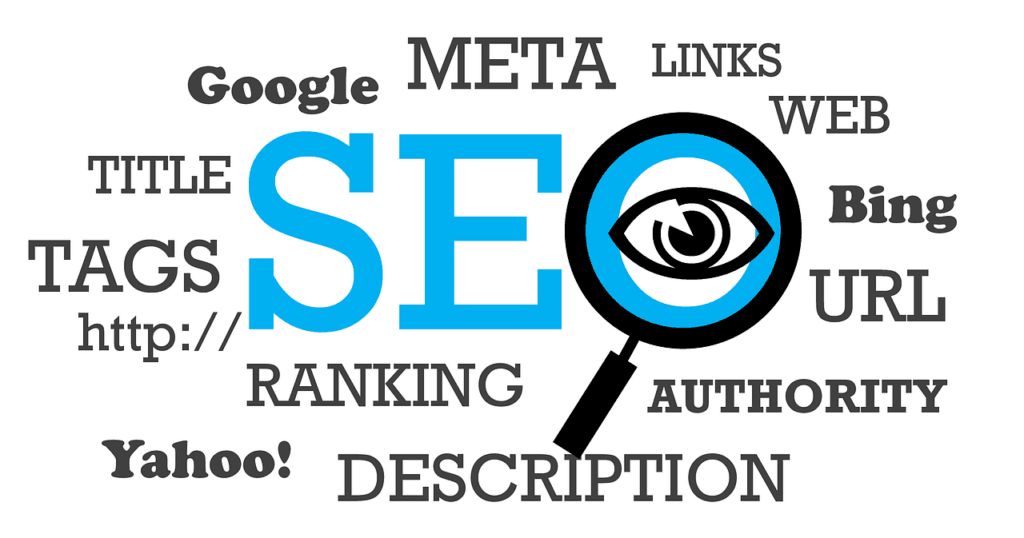5 Steps to Start Blogging for Dropshipping in 2025

Introduction: How to Turn Your Posts into Profits Dropshipping and blogging might seem like separate business models, but when paired correctly, they create a powerful combination. If you’re running a dropshipping business, a blog can not only help boost traffic but also establish credibility, engage customers, and increase sales. The beauty of blogging lies in […]
The Ultimate Guide to Dropshipping Search Engine Optimization in 2025

Intoduction: Drive Traffic and Boost Your Business Starting a dropshipping business can be an exciting journey filled with endless possibilities. However, one of the biggest challenges you’ll face is getting your store noticed in a crowded online marketplace. This is where Dropshipping Search Engine Optimization comes into play. It’s the secret weapon that separates successful stores […]

